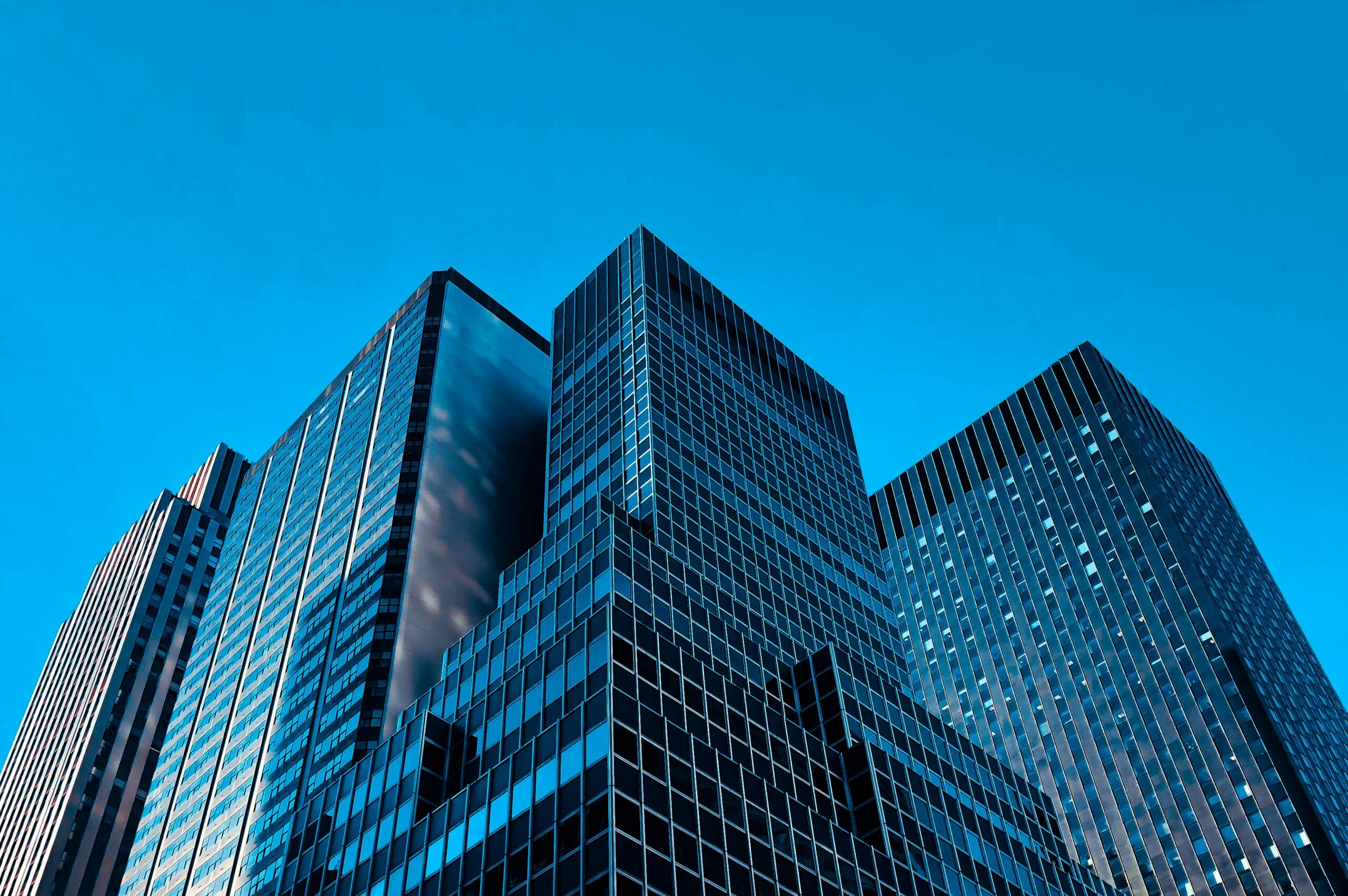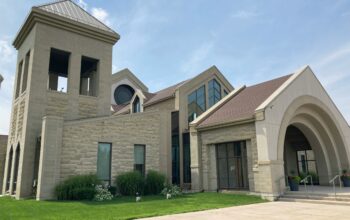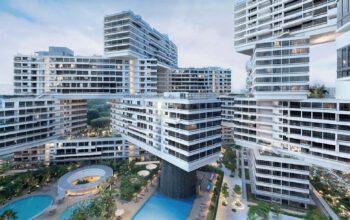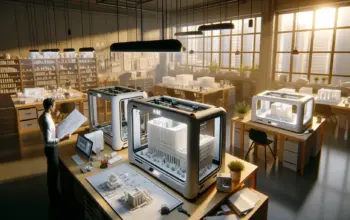Uzone.id – AI is evolving so fast and changing how industries work, including architecture.
AI comes by offering innovative solutions that help architects create efficient, modern, sustainable, and resilient environments.
AI has revolutionized how architects work and how buildings are designed and maintained and brings many transformative benefits that help architects and contractors perfect every stage of the design and construction process.
This includes assisting architects and contractors in addressing climate change and urbanization challenges.
Extreme climate change and accelerating urbanization have posed complex challenges for architects, not to mention factors such as population density, increasing infrastructure needs amid shrinking land, and increasingly felt social inequality.
Therefore, architects are not only encouraged to design energy-efficient buildings but must also be able to adapt to uncertain climatic conditions.
The high value of carbon emissions and the overflow of construction waste also indirectly require architects to choose environmentally friendly building materials with a long life cycle.
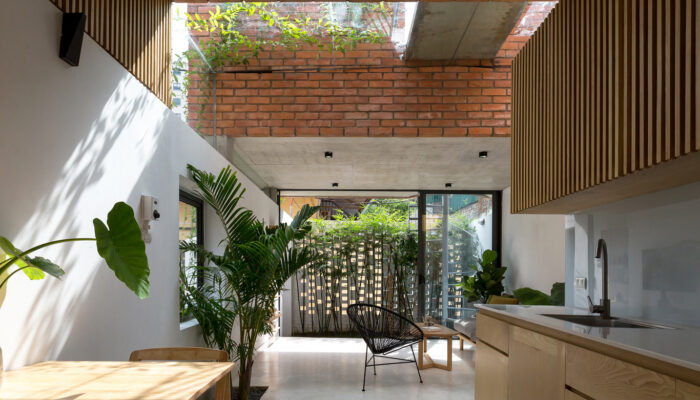
The increasing demand for a sustainable environment and the desire to reduce reliance on mechanical systems have also forced architects to rethink building design and orientation.
With the proper use of AI, architects can optimize resources and automate repetitive tasks, allowing them to focus on ideas and other creative work.
Here’s how AI is helping architects address the challenges of climate change and urbanization:
- AI will assist architects in project scheduling, resource allocation, and risk management to ensure that projects stay on time and within budget.
- AI will analyze energy consumption and environmental patterns to suggest improvements in design and operation, assisting architects in creating energy-efficient buildings with low operating costs.
- AI will identify and correct errors, reducing the risk of costly rework and ensuring better quality results.
- The results of the data inferred by AI will provide additional insights to architects, enabling them to make more informed decisions. Architects can identify the most energy-efficient solutions by simulating various design scenarios, such as optimal space placement, insulation levels, and HVAC systems.
- AI can help architects choose sustainable materials with a lower environmental impact by analyzing material properties and source data.
- The AI-powered tool can analyze site conditions such as sunlight exposure, wind patterns, and topography to inform design decisions, enabling architects to create well-integrated buildings and minimize environmental impact.
- In urban planning, AI can help create detailed simulations of urban environments, allowing architects to test various design scenarios and infrastructure placement, such as transformation networks and public spaces, to improve livability and reduce environmental impact.
- Last but not least, AI can be used to assess a region’s vulnerability to certain disasters so that architects can develop strategies to mitigate their impacts by analyzing historical data and climate models.
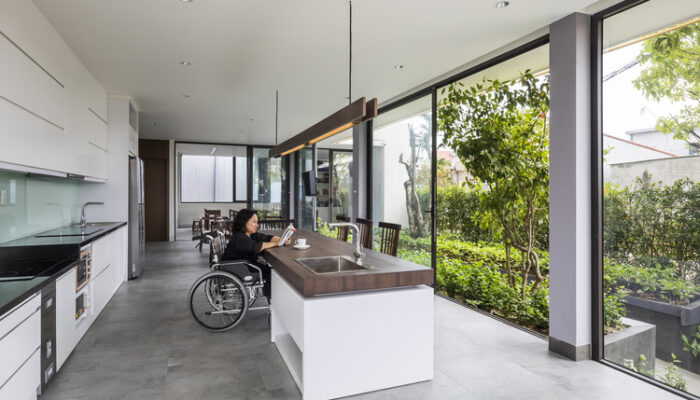
Here are examples of specific applications of AI in building design across cities worldwide.
Copenhagen, Denmark
In Copenhagen, Amager Bakke, a waste-to-energy plant, was designed using AI. The result is a unique building shape resembling a ski hill, which is both functional and aesthetic.
Architects there use AI to optimize the shape of buildings to produce maximum energy. AI algorithms analyze various design options and select the most efficient form for waste incineration and energy production processes.
AI-powered computer simulations optimize the airflow inside the building, ensuring flawless waste incineration and minimizing emissions.
Amsterdam, Belanda
The Edge building in Amsterdam uses sensors and AI to create a modern, intelligent, and adaptive work environment. The AI system applied to this building continuously monitors air quality, light levels, and temperature, automatically adjusting the lighting, ventilation, and room temperature to optimize energy use and reduce carbon footprint.
Abu Dhabi, Dubai
The Zayed Museum in Abu Dhabi uses AI to create a more interactive and immersive visitor experience. AI is used to create virtual guides that can interact with visitors in multiple languages in real-time.
AI is also used to control the lighting, temperature, and humidity systems inside the museum so that artworks can be properly maintained every day. It is also used to track the location of each artifact in the museum to ensure the safety of the collection.

